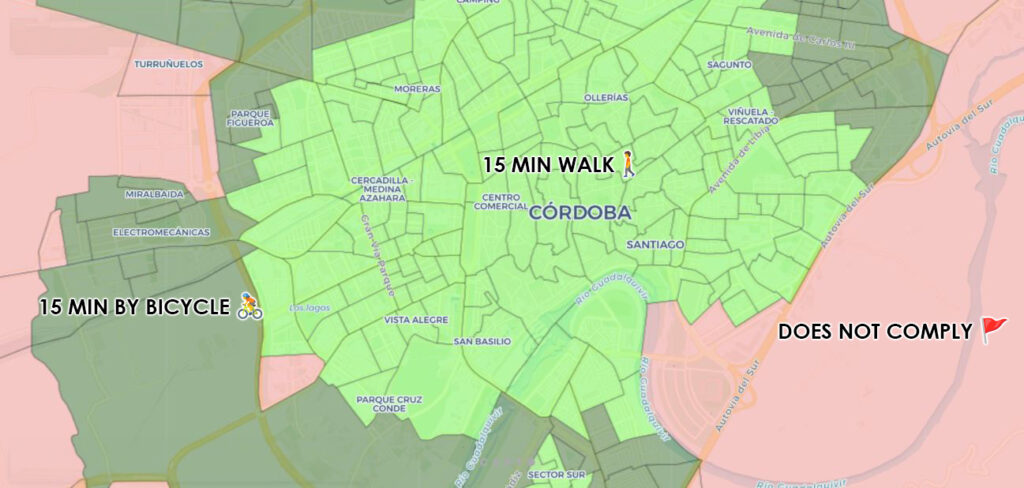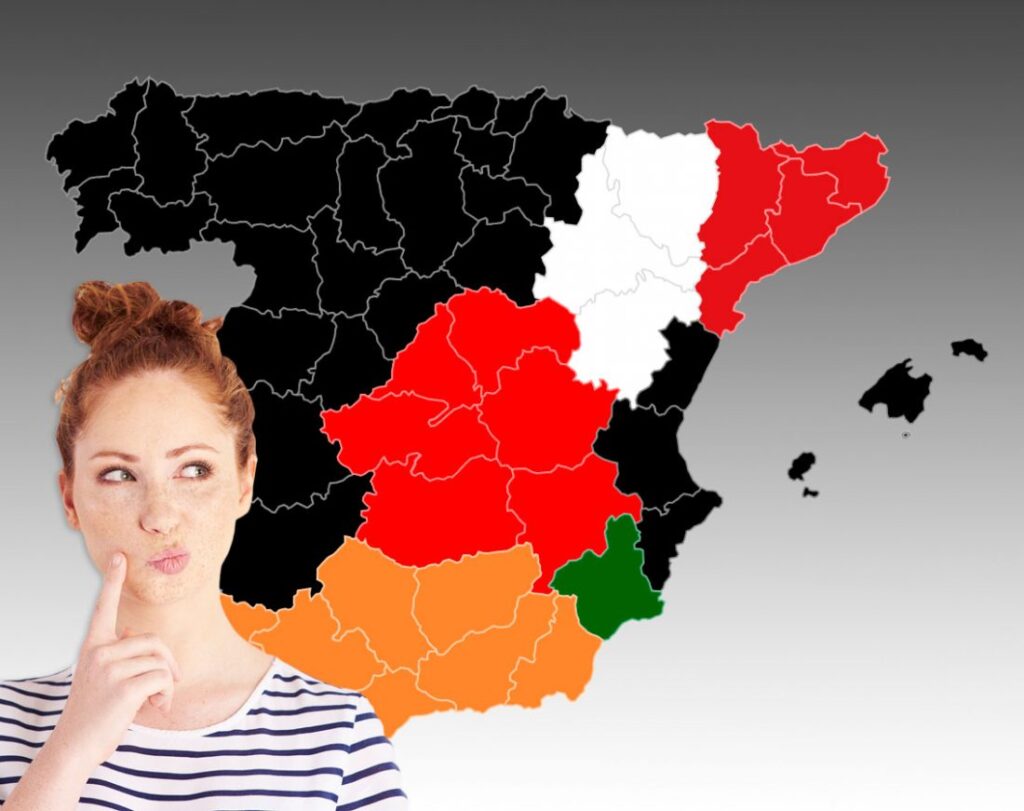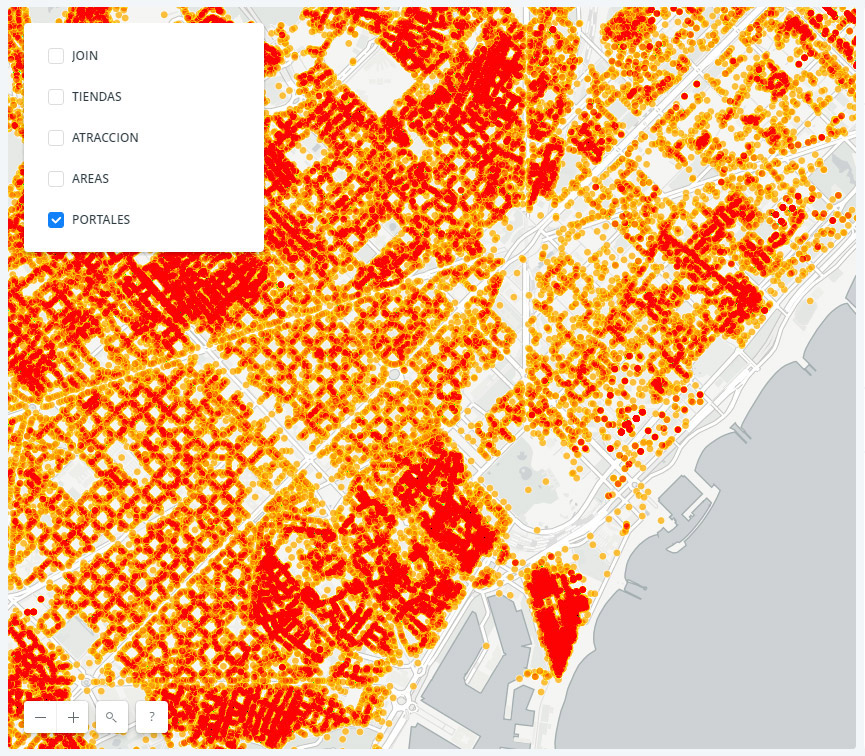What is a data lake and how can I make the most of it?
If Big Data is like a good whisky, then Data Lake is the glass to use to mix it with a bit of ice (another source of information) to make a great drink “on the rocks”.
Continuing with the “great whisky” analogy, Data Lake is that glass where you mix your in-house and out of house information to “enjoy it” as a whole and not just the sum of the parts. A Data Lake is a system that connects different databases. It allows the information to be restructured according to user needs.
In this sense, it might seem like we’re talking about a unified database. But it’s not. So what’s the difference between a Data Lake and a database? There are three main differences:
• Data Lake does not contain data. It connects different databases.
• The data that Data Lake connects can be any kind of data: raw, untreated data or even organized, structured databases.
• And as an extension of this, the data can also be in any format. They might be in a binary code or might be images and video.
Thanks to Data Lakes you can link and enhance your different databases with third party sources to use them as one single database.
Why is this so important for companies?

For companies, Data Lakes are a revolution similar to what databases were in their time in terms of their dimension. Databases enabled centralized data gathering and analysis, and Data Lakes bring together possibilities to work with databases without any of their disadvantages.
Thanks to a Data Lake, companies can work with different sources of information and have the information automatically complete itself without needing to worry about:
• Unifying its structure
• Unifying its format
• Access all information separately
All of this is done by the Data Lake itself, meaning that there are a host of types of potential uses. Companies can complete the information in their own databases without needing to run new acquisition campaigns or harass their contacts with endless forms. Best of all, they can do it in real time.
The benefits of a Data Lake
A Data Lake can connect your company’s different technological platforms with out-of-house sources, enabling you for instance to:
• Analyze and evaluate each one of the leads that register automatically in real time.
• Analyze credit risks to determine, in a matter of seconds, which if any financial services should be granted.
• Study the potential for business to define, in real time, the offers are most likely o lead to a sale.
• Predict geographical areas that are of business interest for opening new sales outlets and closing others that are less profitable or that run the risk of cannibalization.
• Normalize and correct your own databases to establish a better analysis of your customers and market.
• Reduce data gathering and storage costs (by between ten and one hundred).
What about your company?
Do you feel your business possibilities are limited because you do not have enough data or because you spend too much time analyzing unstructured information? At DataCentric, we can help you give meaning to your company’s current information and connect it with further sources of information that complete and correct potential errors in your customers’ information.





